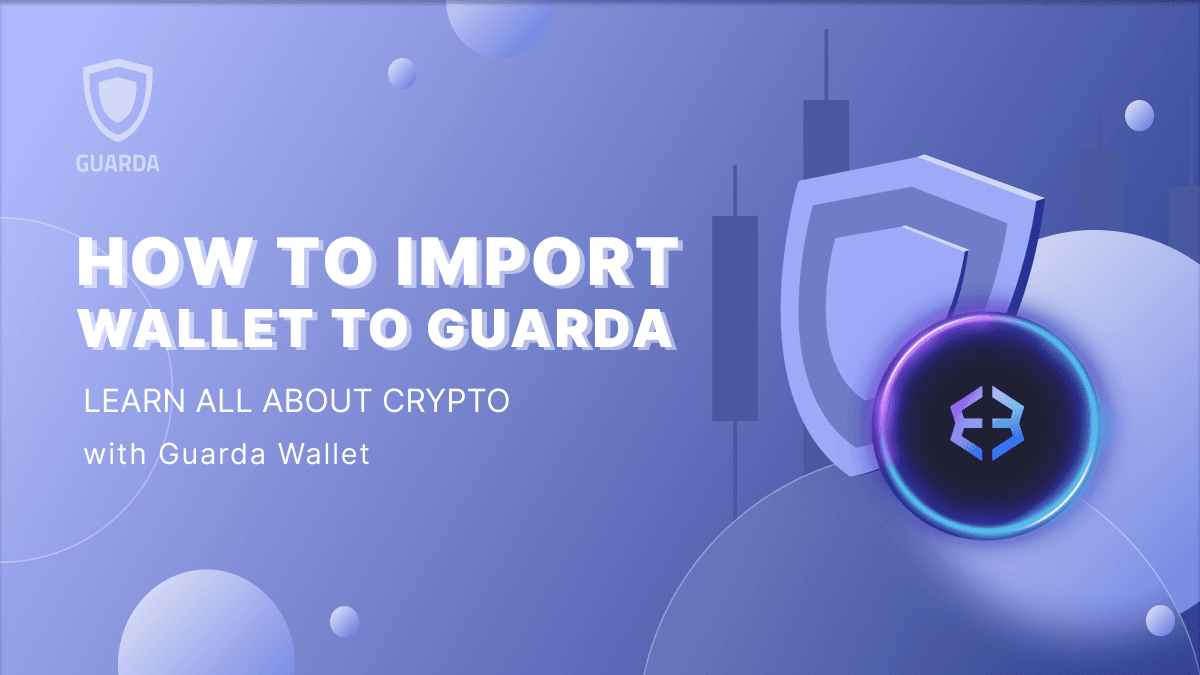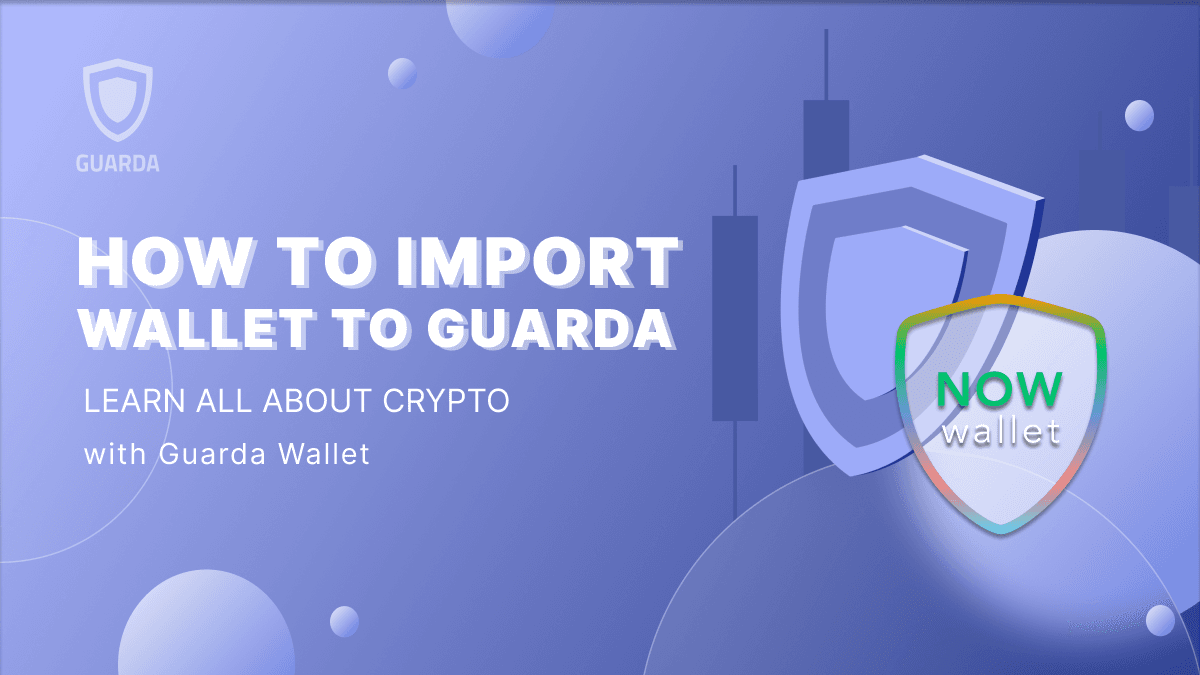What Is Total Value Locked (TVL) in Crypto?
Total Value Locked (TVL) refers to the total amount of assets locked in a DeFi protocol. These assets can include cryptocurrencies staked, lent, or deposited in liquidity pools, lending platforms, or yield farming projects. TVL is expressed in terms of USD or the protocol’s native currency and serves as a barometer of a platform’s popularity and trustworthiness.
For instance, a protocol with a high TVL indicates significant user trust, liquidity, and activity. Conversely, a low TVL may signal limited adoption or liquidity risks.
Key Components of TVL:
- Staking: Users lock up their assets to support network operations and earn rewards.
- Liquidity Pools: Investors provide funds to facilitate decentralized trading and earn a share of transaction fees.
- Lending: Assets are locked in protocols to enable loans and generate interest. TVL is a critical metric for DeFi projects but also has broader implications for the crypto currency ecosystem.
Stay turned with the latest news and updates by joining us on Twitter.
— @GuardaWallet
Why TVL Matters in the Crypto Market
Understanding TVL is essential for anyone participating in DeFi or the broader crypto market. Here’s why:
1. Indicator of Platform Health
A high TVL suggests strong user confidence and a robust ecosystem. It indicates that users are actively engaging with the protocol, whether by staking, lending, or providing liquidity.
2. Impact on Crypto Prices
TVL often correlates with the performance of a protocol’s native token. For example, an increase in TVL might drive up token demand, positively affecting crypto prices.
3. Tool for Comparing Protocols
TVL allows investors to compare DeFi platforms objectively. Higher TVL often points to better adoption, but it’s essential to consider other factors like security, usability, and innovation.
4. Connection to Market Trends
Staying updated with crypto news today can help you understand how global trends, regulations, and innovations impact TVL across platforms.
How TVL Works in DeFi
TVL represents the sum of all assets locked in a protocol. It is calculated by multiplying the quantity of assets (e.g., ETH, BTC, USDT) by their market prices. For example, if a protocol has 10,000 ETH locked and the crypto price of ETH is $2,000, the TVL in USD is:
TVL=10,000×2,000=$20,000,000TVL = 10,000 \times 2,000 = $20,000,000TVL=10,000×2,000=$20,000,000
TVL changes dynamically based on:
- Asset Prices: Rising or falling crypto prices directly affect the TVL.
- User Activity: Increased staking, lending, or liquidity provisioning boosts TVL.
- Protocol Rewards: Attractive incentives draw more users, increasing the total value locked.
TVL in Action: Examples from the Crypto Market
To illustrate how TVL functions, let’s examine two leading platforms in the DeFi space:
1. Uniswap
Uniswap, a decentralized exchange (DEX), relies on liquidity pools to facilitate trading. Users lock assets like ETH and USDC in these pools to earn fees. The TVL in Uniswap reflects the total funds available for trading, making it a critical metric for traders evaluating liquidity.
2. Aave
Aave is a lending protocol where users lock assets to earn interest or take out loans. Its TVL shows the total assets deposited, signaling trust in its lending mechanism. These examples demonstrate how TVL reflects user confidence and platform activity.
How to Use TVL in Your Investment Strategy
TVL is a powerful tool for analyzing DeFi platforms, but it’s most effective when combined with other metrics and considerations. Here’s how to incorporate TVL into your strategy:
1. Identify the Best Crypto to Buy Now
Platforms with growing TVL often indicate strong momentum and adoption. Research projects with increasing TVL alongside solid fundamentals and market demand.
2. Leverage Tools like Guarda Wallet
Guarda Wallet, one of the best crypto wallets, helps you manage assets securely while exploring DeFi opportunities. With Guarda, you can stake cryptocurrencies or connect to platforms with high TVL, ensuring seamless interaction with the crypto market.
3. Compare Protocols
Use TVL to compare DeFi platforms. Higher TVL often suggests better liquidity and user trust, but balance this with other factors like fees, rewards, and security.
4. Monitor TVL Trends
Keep an eye on TVL changes using analytics platforms like DeFi Pulse or DappRadar. Combine these insights with updates from crypto news to stay ahead of market trends.
How Guarda Wallet Supports TVL-Driven Investments
Guarda Wallet is an essential tool for anyone leveraging TVL-based opportunities. Here’s how it helps:
1. Multi-Asset Support
Manage a wide range of cryptocurrencies, from major tokens like ETH and BTC to platform-specific assets used in DeFi.
2. Seamless Staking
Earn passive income by staking directly from Guarda Wallet. Stake assets like Ethereum 2.0 or Cardano while contributing to TVL in DeFi protocols.
3. Integration with Crypto Exchanges
Easily swap assets or transfer funds to crypto exchanges offering lucrative DeFi opportunities. Guarda’s integration streamlines the process.
4. Enhanced Security
Guarda Wallet’s non-custodial nature ensures you retain control of your private keys, protecting your investments in high-TVL platforms.
Risks and Challenges of TVL in Crypto
While TVL is a valuable metric, it has limitations and risks:
1. Overreliance on Asset Prices
Since TVL is tied to crypto prices, a market downturn can significantly impact the metric, even if user activity remains constant.
2. Misleading Incentives
High TVL might result from unsustainable rewards or incentives. Research the long-term viability of a protocol’s economic model.
3. Security Concerns
DeFi platforms are prone to hacks and smart contract vulnerabilities. Ensure the protocol’s security is robust before locking your assets.
TVL and the Future of DeFi
As DeFi continues to grow, TVL will remain a central metric for evaluating platform success. Key trends to watch include:
1. Cross-Chain TVL
With the rise of multi-chain ecosystems, platforms like Avalanche and Polkadot are expanding TVL beyond Ethereum.
2. Integration with Traditional Finance
The convergence of DeFi and traditional finance could boost TVL as institutional players enter the space.
3. TVL in Emerging Markets
Regions with growing interest in crypto currency adoption will likely contribute to higher TVL across platforms.
Conclusion
Understanding Total Value Locked (TVL) is crucial for navigating the DeFi space and the broader crypto market. By analyzing TVL alongside tools like Guarda Wallet and insights from crypto news today, investors can identify opportunities, compare platforms, and make informed decisions.
Whether you’re staking, lending, or trading, TVL offers a lens into the health and potential of a project. Use this metric wisely and combine it with a secure wallet and trusted exchanges to maximize your gains in the ever-evolving world of crypto. Start exploring with Guarda Wallet and elevate your DeFi journey today!







